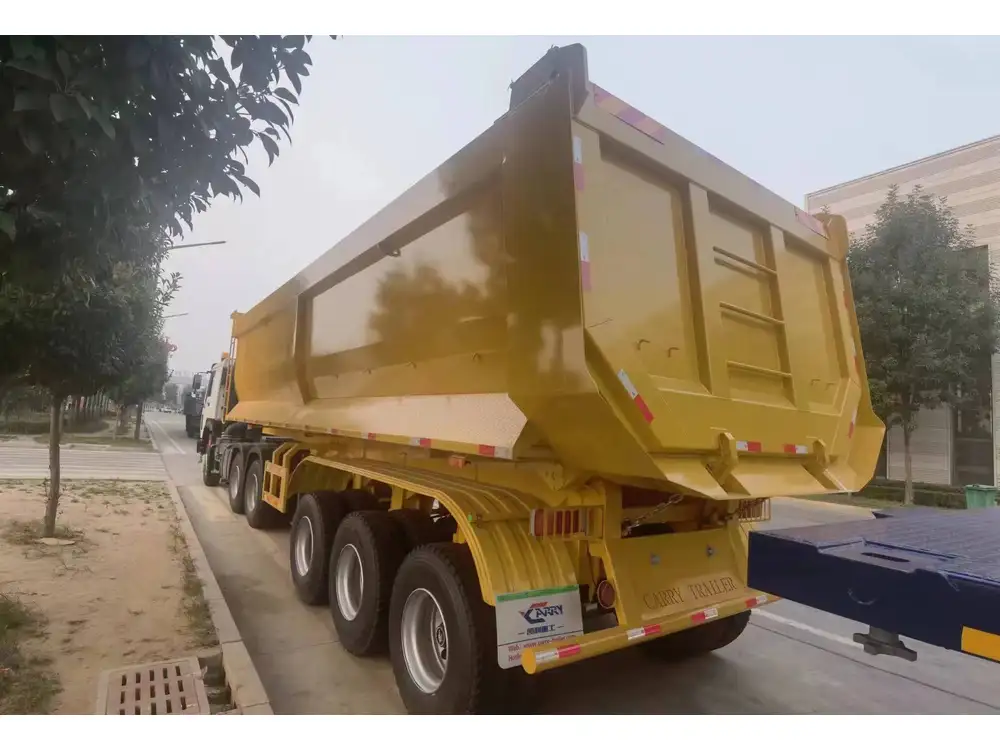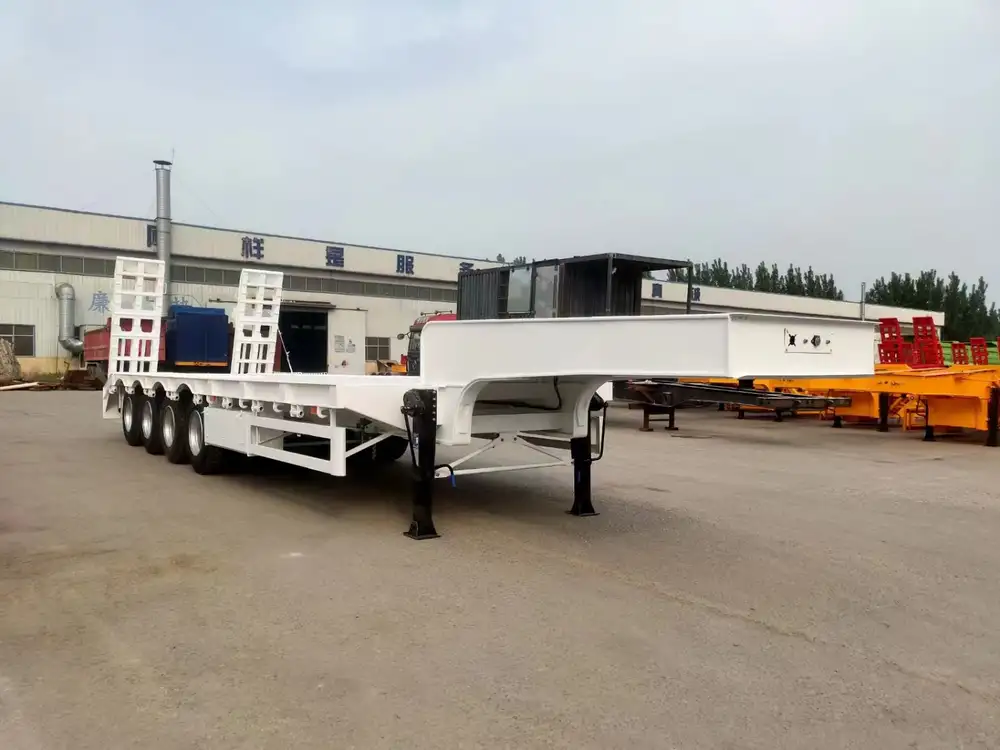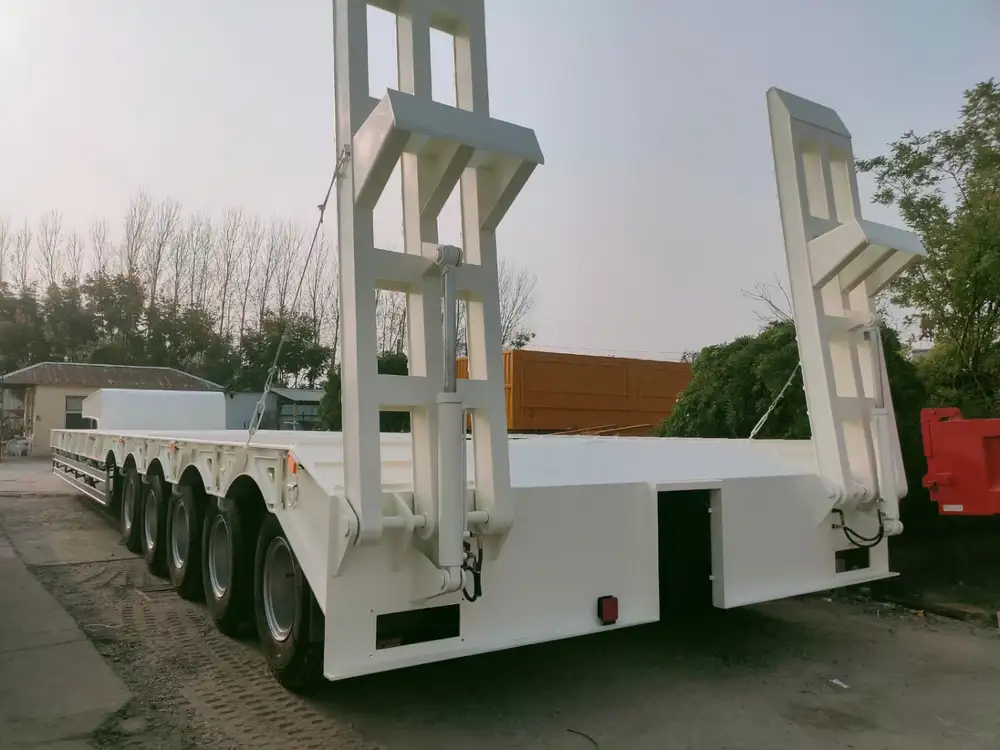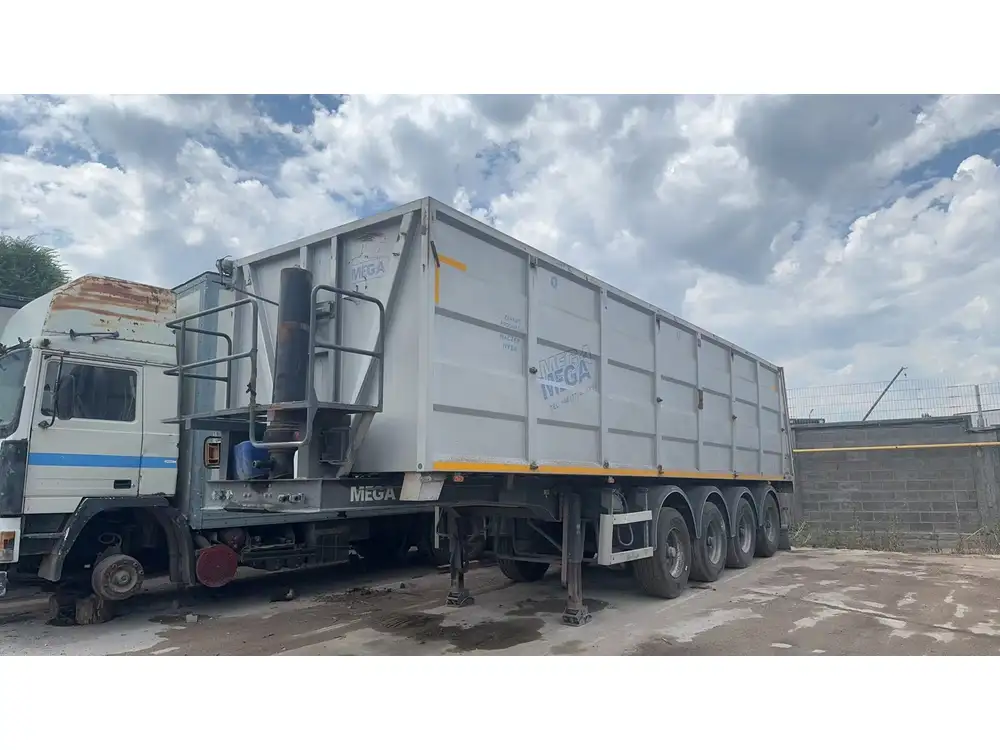Dumping a pup trailer may seem straightforward, but it involves a nuanced understanding of the equipment and care to execute the task safely and efficiently. In the logistics and transportation industry, the ability to maneuver equipment like semi-trailers—including pup trailers—can significantly enhance productivity. This guide presents a thorough exploration of the best practices for dumping a pup trailer, addressing common challenges, important safety protocols, and essential techniques to ensure that the operation is executed with precision.
Understanding the Pup Trailer
What is a Pup Trailer?
A pup trailer is a short trailer typically ranging from 28 to 32 feet in length that is commonly used in conjunction with a tractor, which often involves slip seating or tandem operations. Due to its compact size, a pup trailer is especially useful in urban environments or locations with limited space. The ability to dump cargo quickly and effectively is crucial to maintaining operational efficiency.

Key Features of a Pup Trailer
| Feature | Description |
|---|---|
| Size | Generally between 28 to 32 feet |
| Configuration | Can be single or tandem linked |
| Usage | Ideal for urban deliveries and tight spaces |
| Load Capacity | Typically up to 40,000 pounds (varies) |
| Dumping Mechanism | Gravity or hydraulic systems most commonly used |
Understanding these features will provide context for the procedures involved in dumping a pup trailer, enabling operators to make informed decisions during the process.
Preparing for the Dump
Step 1: Ensure Safety First
Before engaging with the pup trailer, several foundational safety protocols must be adhered to:
- Wear Appropriate Safety Gear: Always wear high-visibility clothing, gloves, and a hard hat when working around heavy machinery.
- Inspect the Equipment: Conduct a thorough inspection of the pup trailer and the tractor for any visible damages or malfunctions. Pay special attention to the brakes, tires, and hydraulics.
- Secure the Area: Make certain that the dumping area is free of obstructions, personnel, and other vehicles to prevent any accidents.

Step 2: Check Local Regulations
Dumping regulations may vary based on location. It is crucial to familiarize yourself with local ordinances regarding waste disposal, especially if you plan on dumping construction debris or hazardous materials.
Step 3: Proper Positioning
Position your tractor and pup trailer in a manner that allows for maximum maneuverability.
- Finding the Right Spot: Identify a flat, stable surface that is clear of any debris. Avoid slopes as they can compromise stability during the dumping process.
- Aligning the Trailer: Ensure that the trailer is straight and parallel to the dumping area. Adjust the position of the trailer as required, ensuring the rear is also properly aligned for dumping.
The Dumping Process

Step 1: Engage the Brake System
It is imperative to engage the tractor’s air brakes and ensure that the trailer brakes are also activated. This creates a stable platform for the trailer to tilt safely during the dumping process.
Step 2: Activate the Dumping Mechanism
Depending on the type of pup trailer, the method for initiating the dump can vary.
Hydraulic Dumping Systems
- Locate the Control Handle: The control for a hydraulic system is typically located inside the cab of the tractor.
- Begin the Dumping Process: Slowly move the control handle to lift the trailer. Monitor the operation carefully for any irregular sounds or movements.
- Check the Load Distribution: Ensure that the load is evenly distributed; an uneven load can lead to tipping or instability during the dump.

Gravity Dumping Systems
- Release the Rear Door: Use appropriate safety protocols to open the trailer’s rear door. Ensure that any locking mechanisms are disengaged.
- Tilt the Trailer: As the trailer begins to tilt, keep a close eye on how the material is discharging. Gravity systems rely heavily on the weight of the load for efficient dumping.
Step 3: Monitor the Dumped Load
During the dumping process, observe how the material is being released. This is particularly important if the load consists of granular materials or substances prone to scattering, as they may spread outside the intended area.
Post-Dump Procedures

Step 1: Ensure Complete Material Discharge
Once the trailer has been successfully tilted back, make sure that the material has completely emptied from the trailer. If any residue remains, it may need further assistance to dislodge it safely.
Step 2: Lower the Trailer
After confirming that all material has been discharged:
- Gradually Lower the Trailer: Return the trailer to its original position by reversing the lift control slowly and carefully.
- Close All Doors: Ensure that the rear door is securely closed and locked before moving the trailer from the dump site.
Step 3: Move to the Designated Area
Carefully reposition the pup trailer away from the dumping site. Monitor surroundings to ensure safe navigation, especially in areas with high foot or vehicular traffic.

Step 4: Clean Up
Conduct a swift cleanup of the dumping area to remove any spillage or debris. Failure to do so can create hazards for other vehicles and pedestrians.
Troubleshooting Common Issues
Uneven Load Distribution
If the load is not discharging properly, this could lead to an inefficient dump and unnecessary delays.
- Solutions:
- Check the alignment of the trailer.
- Verify that the load was correctly balanced before the dumping operation.
- Engage hydraulic pressure if applicable, or physically adjust the load if safe to do so.

Equipment Malfunctions
Be vigilant for signs of malfunction during the dumping process. Common indications can include unusual noises or erratic movements of the trailer.
- Immediate Actions:
- Halt operations immediately.
- Conduct inspections of hydraulic lines and connections.
- Consult a professional technician if problems persist.
Enhancing Efficiency in the Dumping Process
Utilization of Technology
In modern logistics, employing technology can greatly streamline the dumping process:
- Telematics: Advanced telematics systems provide real-time data on load weights and trailer dynamics, allowing for preemptive actions to be taken to mitigate risks.
- Sensors and Cameras: Implementing cameras on trucks can enhance visibility, ensuring safe maneuvering around tight spaces.

Training and Skill Development
Investing in comprehensive training programs for staff can significantly reduce the potential for accidents. Operators should be well-versed in the specific models of pup trailers they will be handling, as design features can greatly vary.
| Training Aspect | Benefits |
|---|---|
| Safe Operation | Reduces accidents related to human error |
| Equipment Familiarity | Increases confidence and competence |
| Regular Refresher Courses | Keeps skills updated with industry standards |
Conclusion
Understanding how to efficiently and safely dump a pup trailer is crucial for transportation and logistics operators. By following stringent safety measures, ensuring proper equipment checks, and optimizing the dumping process, efficiency can be significantly enhanced. The structured approach outlined in this guide not only helps in completing the task at hand but also reinforces broader knowledge regarding safe transportation practices. With a formidable grasp of these techniques, operators can ensure that their operations run smoothly, thereby enhancing overall productivity and safety in the field.



